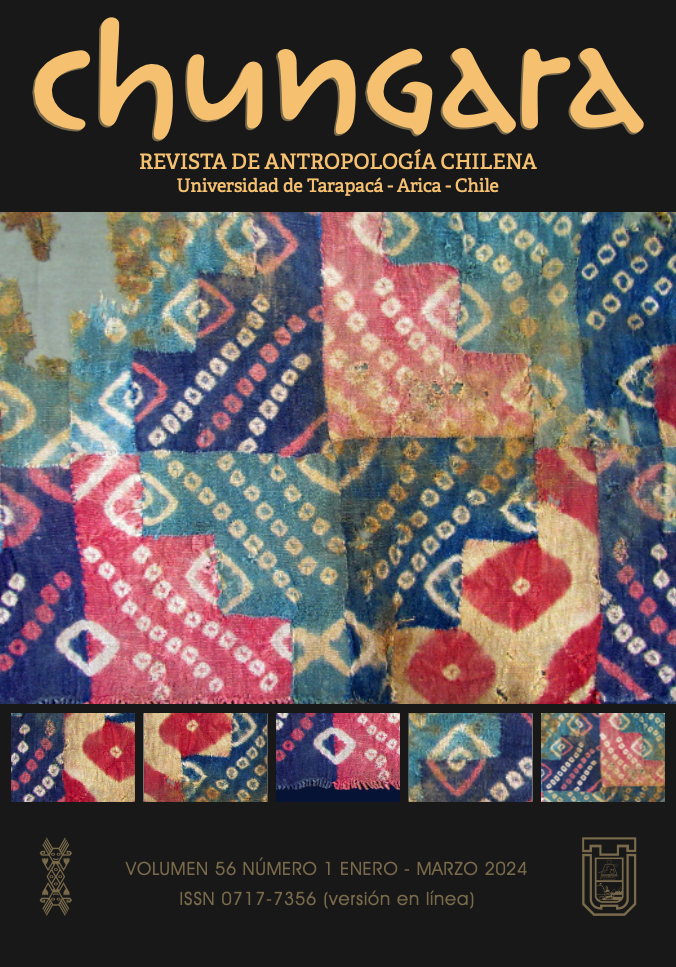PREHISPANIC DOGS (CANIS LUPUS FAMILIARIS) FROM PUCARÁ DE TILCARA SITE (JUJUY PROVINCE, ARGENTINA): CHRONOLOGICAL CONTEXT, MORPHOLOGY AND SOCIAL ROLE
PERROS PREHISPÁNICOS (CANIS LUPUS FAMILIARIS) DEL PUCARÁ DE TILCARA (PROVINCIA DE JUJUY, ARGENTINA): CONTEXTO CRONOLÓGICO, MORFOLOGÍA Y ROL SOCIAL
Lezcano and Luciano Prates
This work presents a detailed description of remains of dogs (Canis lupus familiaris) from the Pucará de Tilcara site (Jujuy Province, Argentina), which were recently recovered from two archaeological contexts (MNI = 5). The purpose of this article is to define the chronology and reconstruct the morphology of these dogs, as well as to inquire about their social status and possible roles. To accomplish the first objective, a first taxon-date in northwestern Argentina, carried out on a sample from Midden 1, has established an age of has established an age of 610±27 years 14C BP (1383-1424 years cal. AD) as a minimum absolute date for the presence of pre-Hispanic dogs in the region. In turn, the analysis of the archaeological evidence from the second context (Acrópolis) suggests their presence during the Inca domination of the site. Morphological reconstruction lends support to a previously observed pattern, consisting of a predominance of medium to small sized dogs. Our analysis suggests that the Acrópolis dogs could have been pets, as well as prestige goods, of the Inca elite or of specialized craft workers, whereas the specimens from Midden 1 were used as food and possibly fur resources. This is the first time that undeniable evidence of dog consumption among the pre-Hispanic societies of northwestern Argentina has been recorded.
Tags: Northwestern Argentina, Pre-Hispanic dogs, morphological reconstruction, taphonomy, cynophagy







